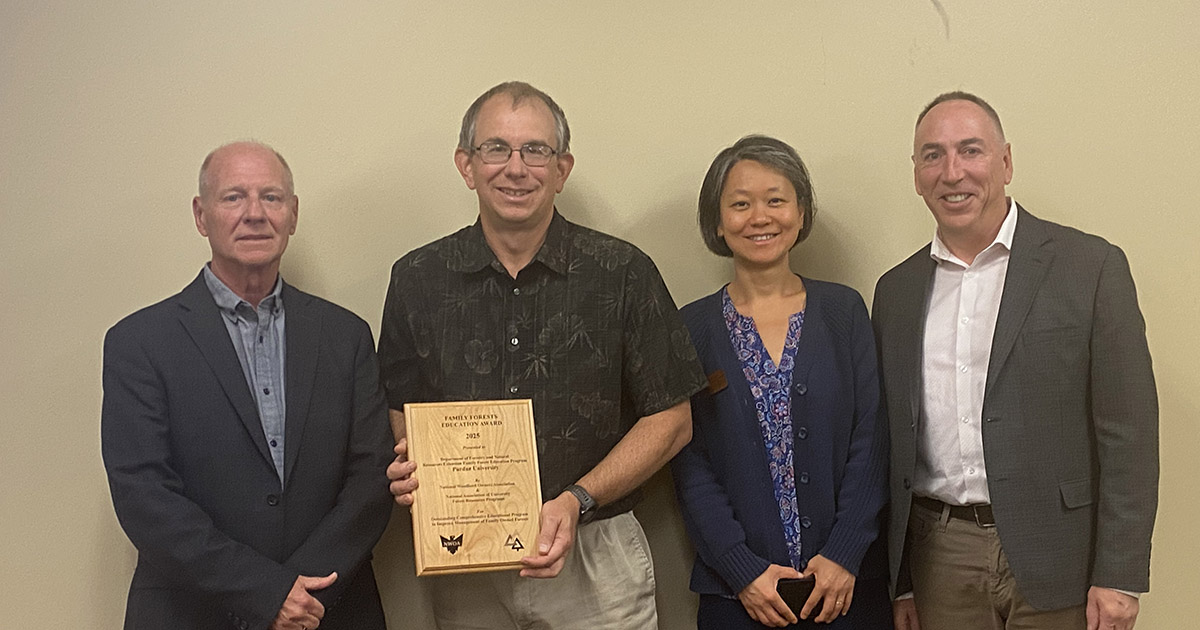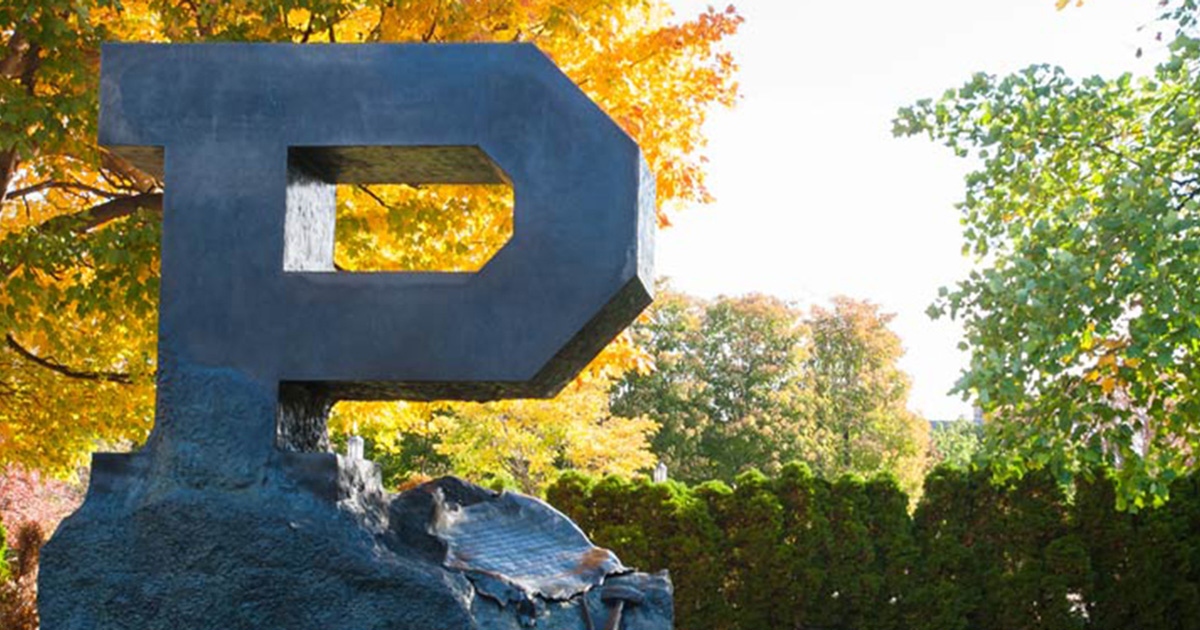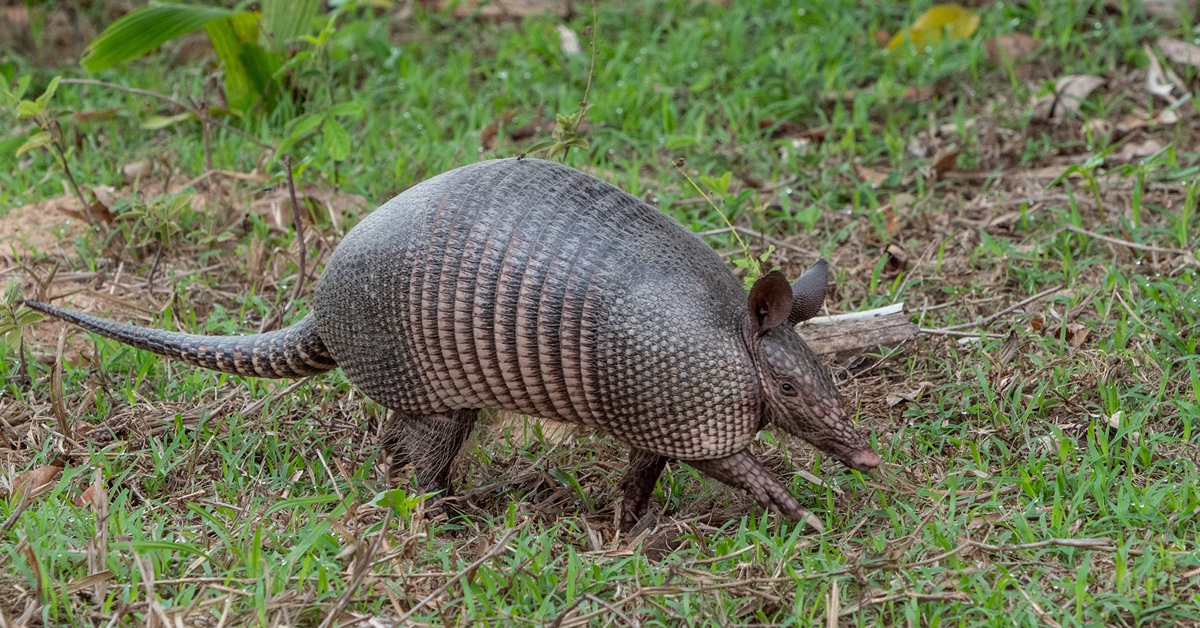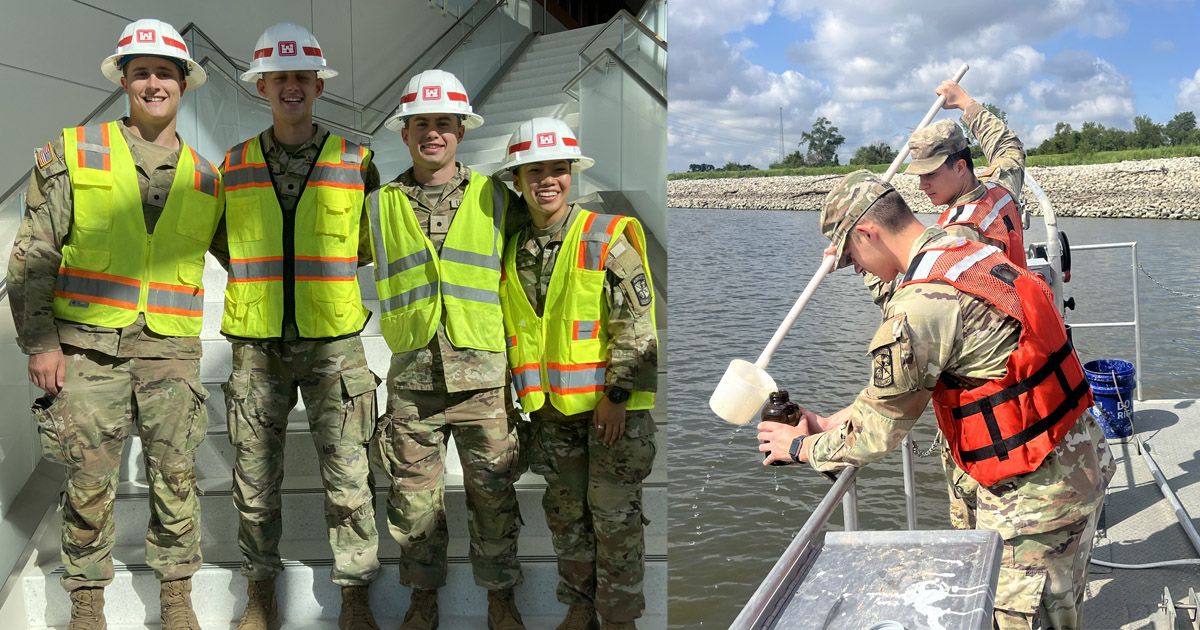Forestry and Natural Resources
Top Story
Top Story

FNR Extension Team Receives Family Forests Comprehensive Education Award
Read More
Globally renowned faculty
World-class faculty impact the U.S. and beyond.
Students Impact the Future
98% FNR graduate students are successfully employed or continued with their education.
Cutting Edge Research Facilities
Research conducted with 25 forest properties across the state and 18 labs.
A new indoors . . . for a greater outdoors.
A new, state-of-the-art, Forestry and Natural Resources building is essential to increasing our technological capabilities, expanding space for program growth, and bringing all FNR faculty, staff, and students under one roof to foster greater interdisciplinary collaborations.
HAVE A QUESTION? CONTACT US
We are just one click away to help answer any questions you may have about courses, scholarships, research, extension, locations and how to become a partner of FNR.
Contact Us




